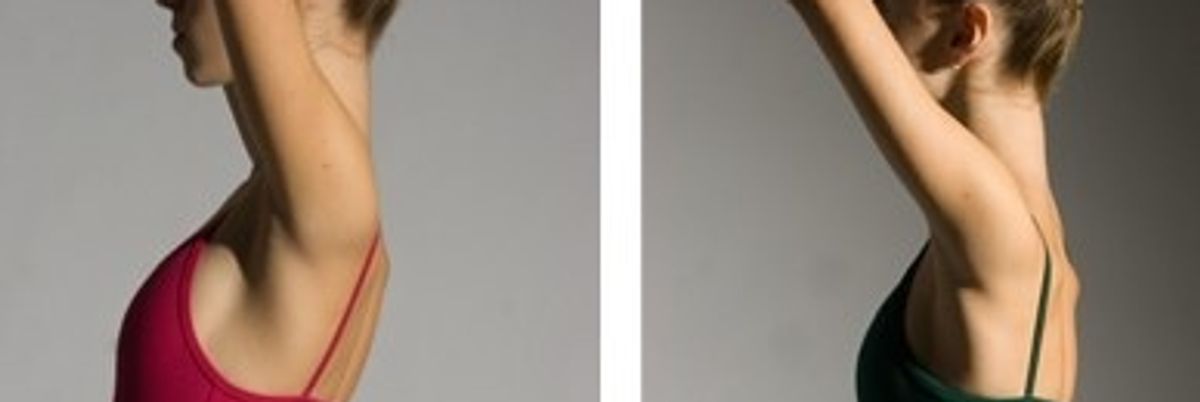The Seven Deadly Sins of Dance Technique
Throughout your dancing life, you’ve heard the same corrections over and over. The reason for the repetition? Dancers tend to make the same errors, sometimes with catastrophic results. Dance Magazine spoke to eight teachers about what they perceive to be the worst habits—the ones that will destroy a dancer’s technique—and what can be done to reverse the damage.
Rolling In
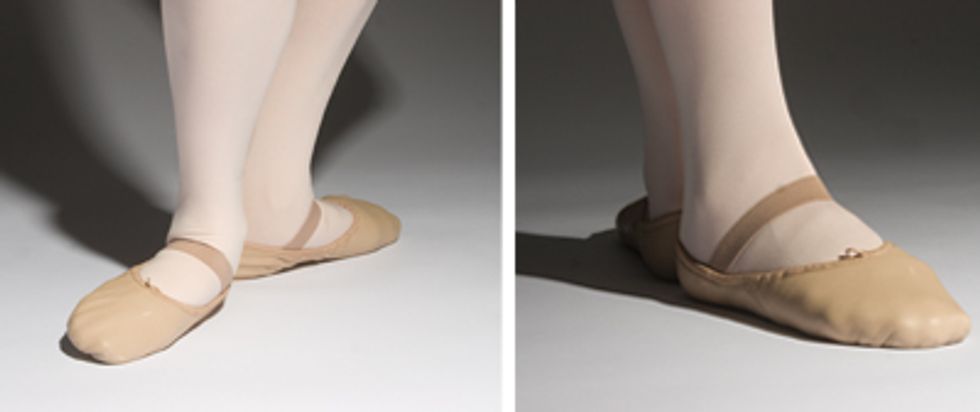
To get a 180-degree first position, dancers will sometimes let their arches roll forward. But turnout is not about forcing your feet open; it’s about opening up in the hips. “Turning out is an activity, not a position,” says Irene Dowd, who teaches anatomy at the Juilliard School. “If we stop sustaining that movement, our feet will passively roll in.” Rolling in places stress on the tendons of the feet and leads to injury because the rest of the body compensates for the imbalance when your knees can’t line up over your toes.
Dowd warns against using only the arch to combat rolling in. “Dancers will try to lift up their arches and pull up on the inside of the ankle,” she says. This can result in the inflammation of the tendons in the ankle and lead to tendinitis, a painful overuse injury that’s common in dancers. What she feels are “Victorian furniture feet—feet that aren’t fully in contact with the ground” should be solid in three areas: the heel, the ball of the big toe, and the ball of the little toe. Imagine how your weight is being transferred from above, through the body and down the legs, rather than gripping the foot and lifting from the arch.
Misaligning the Spine
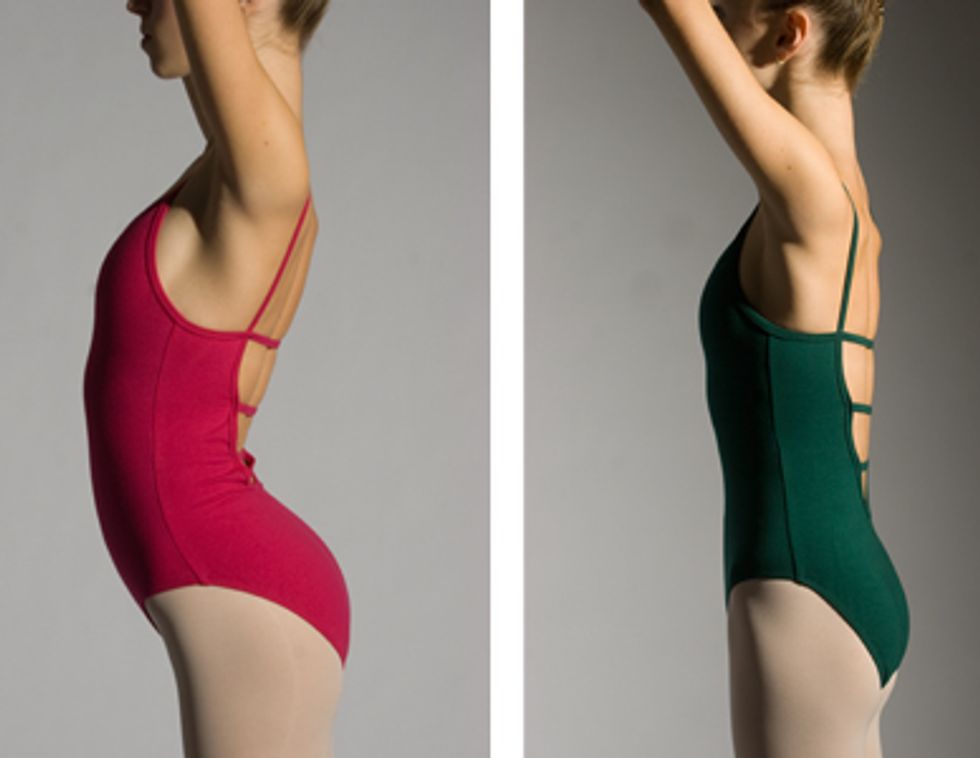
Distorting the back, either by crunching the lumbar vertebrae and splaying the rib cage open or by hunching the shoulders forward and tucking the pelvis under, affects every other part of the body. Since the proper placement of the torso is the foundation of any movement, a dancer with a misaligned spine will develop other deadly technique sins. Problems can ripple all the way down to the extremities and upward to the neck and head. The core will be loose, unable to provide essential support. A pelvis that either tips back or tucks under will limit the range of motion in the hips.
Christine Spizzo’s students at the North Carolina School of the Arts constantly work on their placement. “The one directive I give in class more than any other,” she says, “is tailbone down, navel muscles lifted.” She emphasizes that the tailbone lengthens downward without tucking under, and the navel muscles lift upward, not inward. This opposition allows the external rotator muscles to be actively engaged at the top of the thigh. Spizzo uses the expression the Four Ts—“no tucking, tipping, tilting, or twisting of the pelvis”—as a reminder for students.
Clenching the Toes

Clenching, curling, knuckling—no matter what it’s called, this condition hampers a dancer’s ability to articulate the feet. Clenched toes also make the feet an unstable platform to stand on, creating problems for the rest of the body. The muscles and tendons of the foot, knee, and ankle must work together to perform a relevé or jump, says Edward Ellison, director of Ellison Ballet Professional Training Program in New York. Clenched toes will place unwanted stress on the joints of the legs, leading to imbalance and overuse injuries. On pointe, knuckling over can damage the bones and tendons of the feet.
Master ballet teacher Sara Neece of Ballet Arts in New York says that when the first joint of the toe presses down into the floor too hard, the second joint of the toe jams into the metatarsal. For Neece, the key to remedying clenched toes lies in “bringing sensation to those unused tendons” beneath the second joint, and teaching the toes how to work in a careful and deliberate manner. While seated, a dancer should prick the back of each clenched toe with a fingernail about 20 times. Sitting on a chair with the foot on the ground, she should drag it back toward the body, slowly raising it to demi-pointe with a forced arch. Teachers must pay attention to the response of the feet to this localized work, since overstressing the tendons can damage them. Another way to teach the toes to stretch out is to weave a strip of cloth over the second toe and alternate below and above successive toes, leaving it there during barrework and nondance activities.
Giving In to Extreme Hyperextension
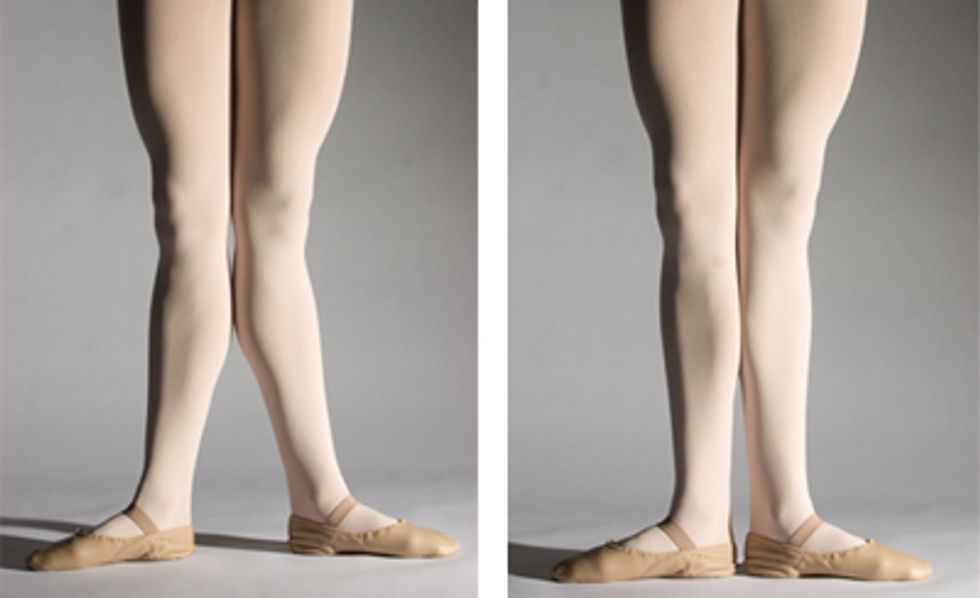
Hyperextended legs, in which the straightened knee naturally curves behind the thigh and calf muscles, are prized in the world of extreme ballet bodies. Christine Spizzo sings the praise of a moderately hyperextended leg line, as the leg fits snugly in fifth position, and the arabesque looks gorgeous, with that slight curve offsetting the arch of the foot. However, dancers with extreme hyperextension must take special care. “The hyperextended dancer tends to have weak external rotator muscles,” she says, so the legs are more prone to collapse in on themselves when landing from a jump, letting the body weight fall on the knees. This can result in damage to the joints that maintain the alignment of the leg, including twisted knees and sprained ankles. Even if the dancer understands how to avoid giving in to her hyperextension, she has to learn how to express herself fully while restraining her legs.
But Spizzo points to dancers such as international star Sylvie Guillem, who has used her extreme hyperextension to her advantage. The dancer must think of lengthening rather than straightening or locking the knee, even if it feels slightly bent. She must develop a heightened awareness of the turnout muscles from the top of the thigh down to the calf. “The muscles must be activated to not allow the dancer to give in to the hyperextension,” says Spizzo. She uses the image of the barbershop pole to encourage dancers to apply that feeling of an infinite spiral to their legs. Somatic practices such as Pilates can help to strengthen those stabilizing turnout muscles. Spizzo insists that dancers stand with the heels together in first position and never be allowed to press back into that knee joint. To do this, “the quadriceps must remain soft. As soon as you grip, it pulls that kneecap back dangerously.”
Using Unnecessary Tension

“Tension,” says Daniel Lewis, dean of dance at the New World School of the Arts, “pulls you off balance. It tightens the muscles and causes injury.” Stiff muscles are injury-prone muscles, which make free and confident movement impossible.
Unwanted stiffness can also limit your versatility as a dancer. “Modern dance is concerned with trying to go into space off-center and off-balance,” says Mary Cochran, chair of the dance department at Barnard College. “If you spend too much time holding your body stiffly, it’s hard to make the transition from working in-balance to working off-balance.”
Rhythmic breathing helps dissipate tension. Think of the lungs as another limb and pace the breath with the dynamics of the music. Sustain a sense of motion in the body, even when you are still, advises Cochran. Doing so will help reverse the muscle memory of using tension as a form of stability.
Pinching Your Shoulder Blades

Although used as a strategy to open the chest in front, pinching your shoulder blades together immobilizes the back. The serratus anterior on the sides of your rib cage is so overstretched that it can’t work. Edward Ellison says that pinched shoulder blades impede the freedom of the arms and the support of the upper spine. He feels that they “cause your weight to fall behind your axis, and strain the trapezius and rhomboid muscles of the back.”
Irene Dowd suggests thinking about widening the tips of the shoulders to the side, to allow plenty of room for the chest. “It helps to think about the chest—full of your lungs, your heart, all those organs—as a sphere,” says Dowd. “We need to have enough room for all those precious organs to breathe.” To relax shoulder blades, sometimes she will tell students to focus on the movement of the hands. “Is the hand really a lively part of my being?” Dowd has her students ask. “The shoulder blade should support that hand.”
Getting Stuck in a Rut
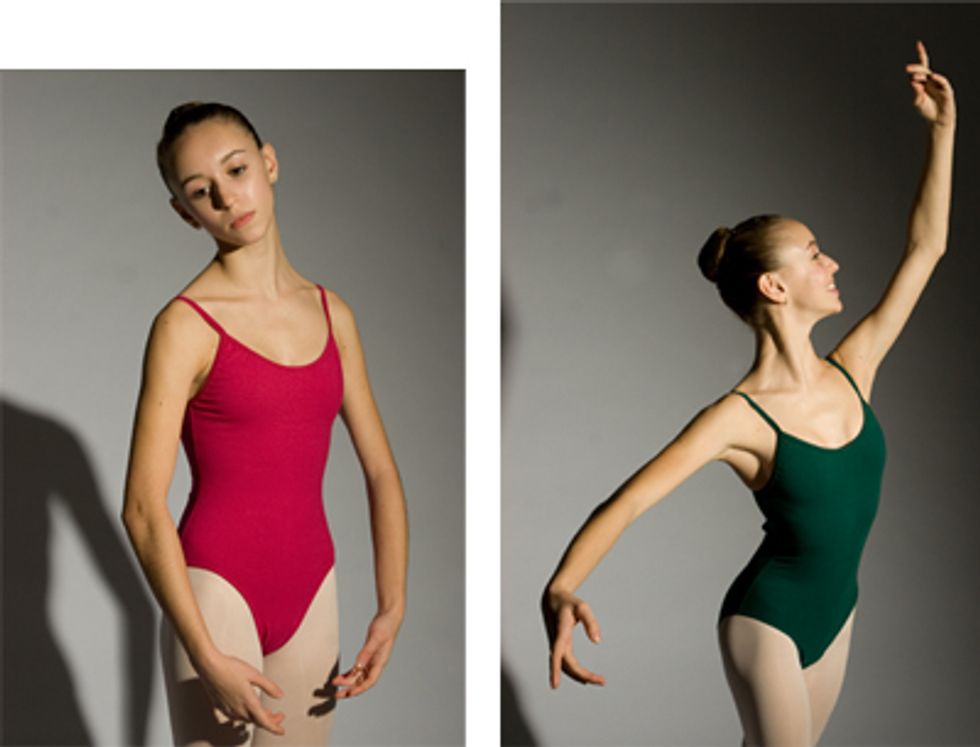
While physical habits impede progress, the deadliest sin is losing the drive to improve technique at all. Franco De Vita, principal of American Ballet Theatre’s Jacqueline Kennedy Onassis School, says good technique begins with a dancer’s approach to class. Being present and focused enables the dancer to learn combinations quickly—and correctly. “Not listening and changing the exercise is unacceptable,” says De Vita.
Michael Vernon, chair of the ballet department at Indiana University, feels the worst thing a dancer can do “is to get fixed into doing something a certain way, being safe. I love young dancers who understand that you have to dance for tomorrow, and not yesterday.” Keeping an open mind means more than just trying a different preparation for a pirouette. “Being open to new styles of dance and new ways of moving the body is vital to keeping the art relevant.”
